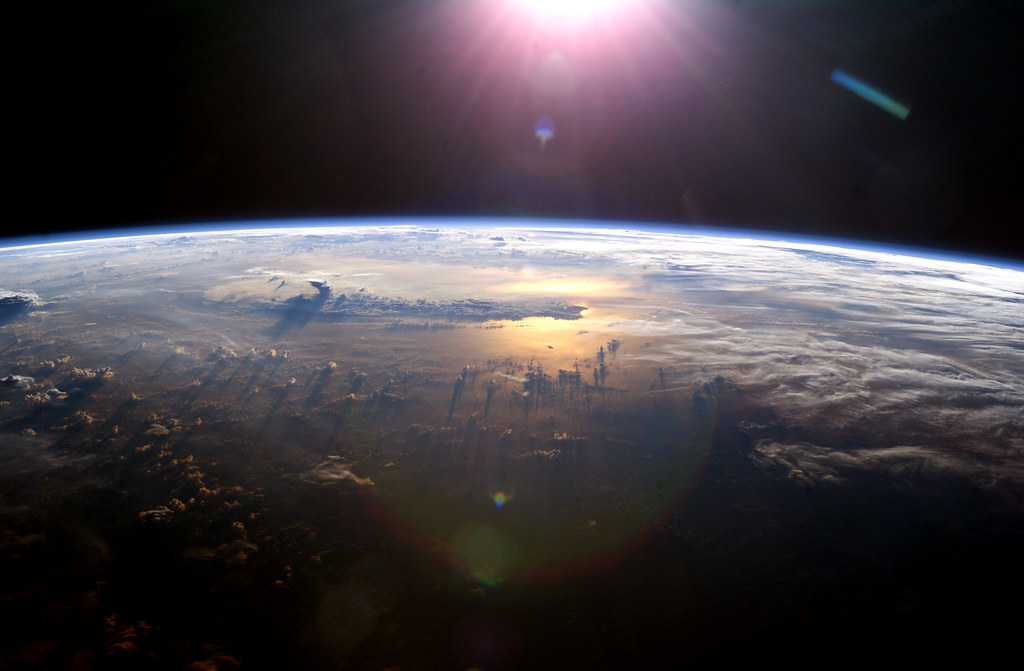A Mission to the Moon and Lunar Orbit; What an adventure!
Or, it will be for the many NASA engineers, technical assistants, astrologists, and Astronauts taking part in the mission, if it ever happens.
In September 2020, NASA announced the Artemis program, NASA’s newest lunar exploration program. The Artemis mission statement and program detailed the times and achievements that are hoped to be made through the program. The Artemis 1 program was made to be the sister mission to the Apollo programs. Named for the Greek Mythological Gods, Artemis and Apollo are the twin children of Zeus, Apollo is the god of music and archery as well as the sun. He has the responsibility of raising the sun in the morning and setting it in the evening. Artemis the goddess of the moon is known for her connection to nature and maidenhood. She is also known for her responsibility to raise the moon at night. The Artemis plan details a mission to the moon and sustainable lunar exploration.
The 250,000-mile trip to the moon was broken down into two general steps. The first: an initial human landing by 2024. The second: working toward sustainable lunar exploration. NASA has integrated the first two parts of the program on earth through their creation and use of the Habitation and Logistics Outpost, as well as the Power and Propulsion Element. Or more commonly known as the H.A.L.O and P.P.E. In recent years both programs and technology have been tested and successful, given the full approval by NASA technicians. The H.A.L.O. even was given an award for its design.
While 2024 was the ideological date, it is not the present reality. In recent statements, NASA Administrators have announced the delay of the manned mission to the moon, the first since 1969. The delay was not given an official timeline, the only testament given was a months-long delay. In terms of the delay’s reason, NASA officials have said that it is due to repairs. The electronics systems including the management of oxygen, temperature, and other general life support systems need to be updated and perfected. Technicians have plans to analyze the longevity and protection provided by the heat shield. Along with repairs to the launch tower. NASA has made it known that safety is its top priority and will delay the launch as long as needed to make sure that the expedition is safe. When on the moon, the Artemis crew will set the record for the longest human travel on the far side of the moon.
Additionally, information about the moon’s surface will be obtained through samples taken on the trek. Their travels will last roughly ten days, from there they will be a separate crew aboard the Orion making two trips around the Earth before then committing to another trip to the moon. These expeditions hope to pave the way for future space travel.
Furthermore, pave the way for extended survival on the moon and possibly on Mars. One of the ways that they can perform any of these missions is through the electronics system as well as the HSL, H.A.L.O., and other programs that NASA is repairing and perfecting during the delay.
No one has complete assurance of when the moon landing will happen, but the only thing that we can say with surety is that it will be an amazing adventure.



